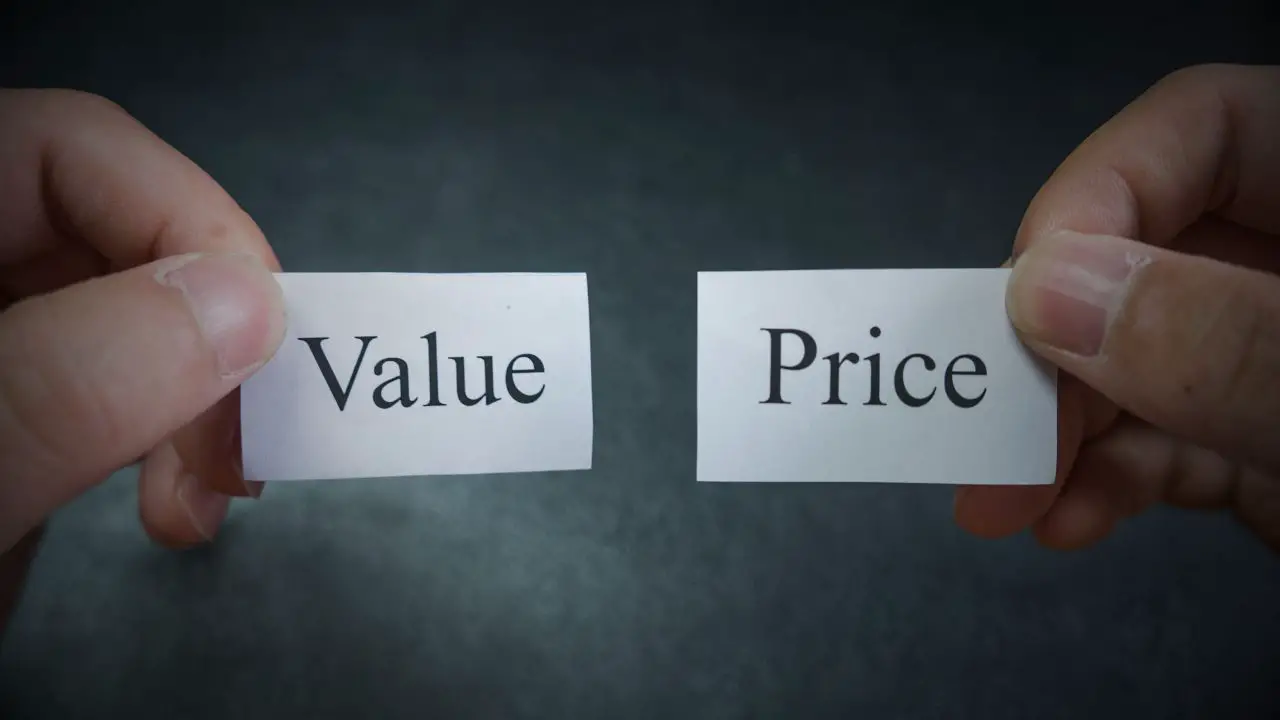As a beginner to options trading, you may have heard the term “option strike” or “strike price” and may be wondering what it means. An option strike is an important concept to understand in options trading, as it determines the price at which the underlying asset can be bought or sold. In this article, we’ll explain what option strikes are and how they can affect the value of your options.
What is an Options Strike Price?
An options strike price, also known as the exercise price, is the price at which the holder of a call option can buy the underlying asset, or the price at which the holder of a put option can sell the underlying asset. The option strike is determined when the option is purchased and remains fixed until the option expires.
When you buy an option, you have the right, but not the obligation, to exercise your option and buy or sell the underlying asset at the option strike price. For example, if you buy a call option with a strike price of $100 and the underlying asset is trading at $110, you have the right to buy the asset at $100. If you decide not to exercise your option, the option will expire worthless.
The Three Types of Strikes
There are essentially three different types of strikes. The type of strike is determined by where the underlying stock price is in relation to the strike price. In-the-money options, out-of-the-money options, and at-the-money options refer to the relationship between the option strike price and the underlying asset’s current market price. You’ll hear these three terms mentioned constantly so it’s important to understand exactly what they’re referring to.
- In-the-money (ITM) options: An option is considered “in the money” if the option has intrinsic value. Intrinsic value is the difference between the option strike price and the underlying asset’s current market price. For example, if you own a call option with a strike price of $50 and the underlying asset is currently trading at $55, the option has intrinsic value of $5. In the money call options will have a positive intrinsic value if the underlying asset’s market price is above the strike price, and in the money put options will have a positive intrinsic value if the underlying asset’s market price is below the strike price.
- Out-of-the-money (OTM) options: An option is considered “out of the money” if the option has no intrinsic value. This means that the option strike price is not favorable for the holder of the option to exercise their right to buy or sell the underlying asset. For example, if you own a call option with a strike price of $50 and the underlying asset is currently trading at $45, the option has no intrinsic value. Out-of-the-money call options will have a negative intrinsic value if the underlying asset’s market price is below the strike price, and out-of-the-money put options will have a negative intrinsic value if the underlying asset’s market price is above the strike price.
- At-the-money (ATM) options: An option is considered “at the money” if the option strike price is equal to the underlying asset’s current market price. At-the-money options have no intrinsic value, as the option strike price and the underlying asset’s market price are the same. However, at-the-money options can still have value due to their time value, which is the amount by which the option’s price exceeds its intrinsic value. Time value is based on factors such as the length of time until the option expires and the volatility of the underlying asset.
It’s important to note that the intrinsic value and time value of an option can change over time as the underlying asset’s price changes and as the option approaches its expiration date. Understanding the difference between in-the-money, out-of-the-money, and at-the-money options can help you make more informed decisions when trading options.
Is an Options Strike Price and the Exercise Price the Same Thing?
Yes, the option strike price and the exercise price are the exact same thing. The option strike price or exercise price is the price at which the holder of a call option can buy the underlying asset, or the price at which the holder of a put option can sell the underlying asset. This price is determined when you first place the order, but the option itself can change in value throughout the duration of the trade.
Who Determines the Options Strikes Available to Trade?
The strike prices available for any particular expiration is typically determined by the options exchange or the market maker who is offering the options.
Options exchanges, such as the Chicago Board Options Exchange (CBOE) and the NASDAQ Options Market, list a range of strike prices for each expiration date for a given underlying asset. These strike prices are typically spaced at intervals of $2.50 or $5.00, depending on the underlying asset and the option’s expiration date.
The strikes available will generally depend on the underlying asset’s price, the time until expiration, and the volatility of the underlying asset. The strikes that end up being created will typically be chosen to provide a range of prices that are likely more likely to be traded by options traders.
Just keep in mind that the number of strikes available on a particular expiration can change over time. More strikes will generally become available as the option gets closer to expiration with less of a spread between each strike. The exchange is also likely to list more strikes if the stock has a significant price move in one direction or the other.
Quick Recap
In summary, the option strike price is the price at which the holder of a call option can buy the underlying asset, or the price at which the holder of a put option can sell the underlying asset. This price is determined at the very beginning of the trade and remains fixed at that price through expiration. Option strikes that expire Out-of-the-Money (OTM) will expire completely worthless and buyers of the option will take a complete loss on the trade. Strikes that expire In-the-Money will have at least some amount of intrinsic value left and will generally be automatically exercised at the time of expiration to capture that value.



